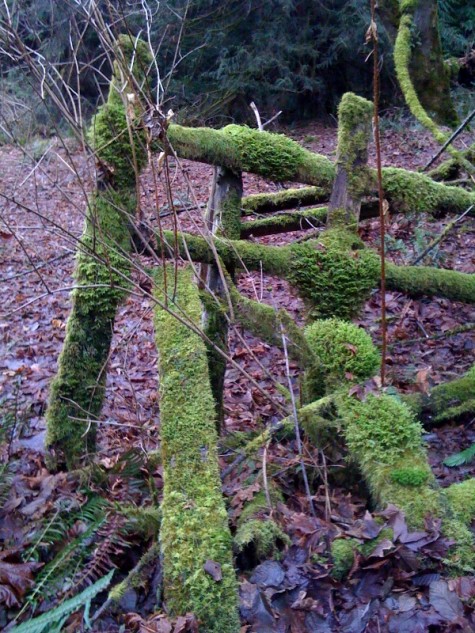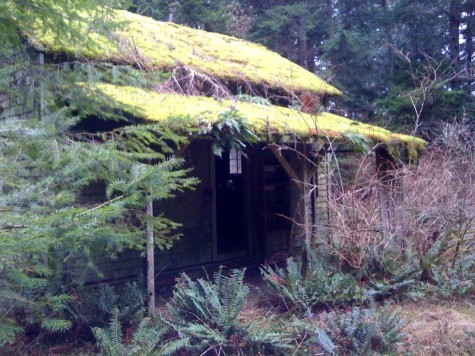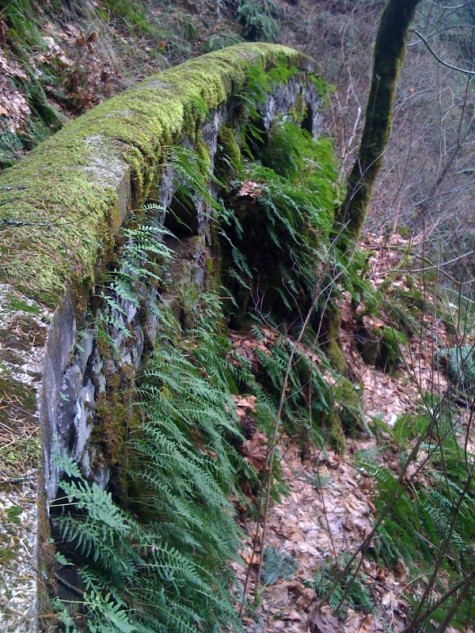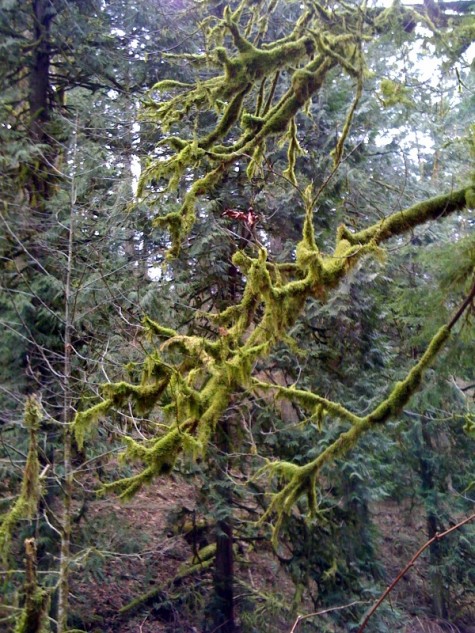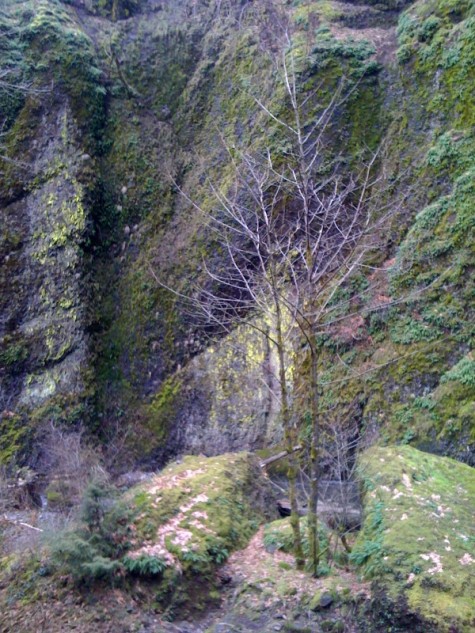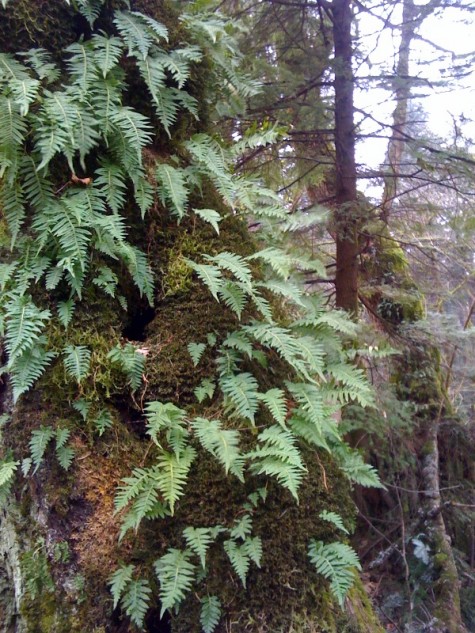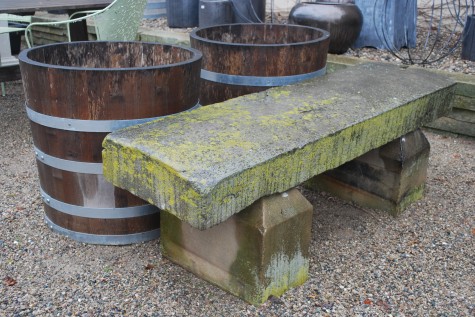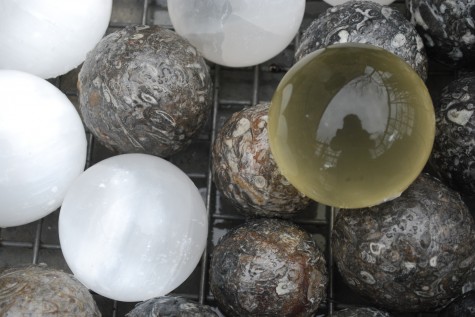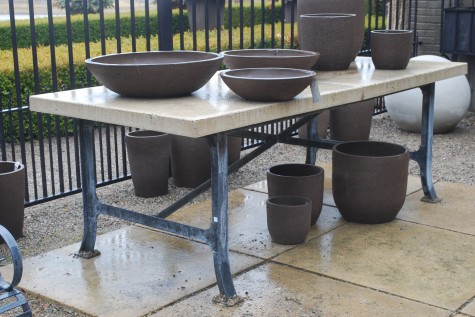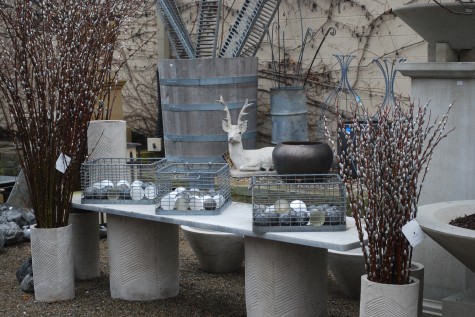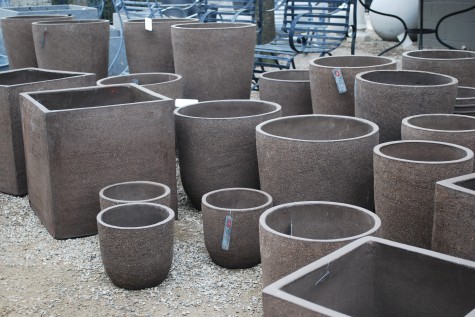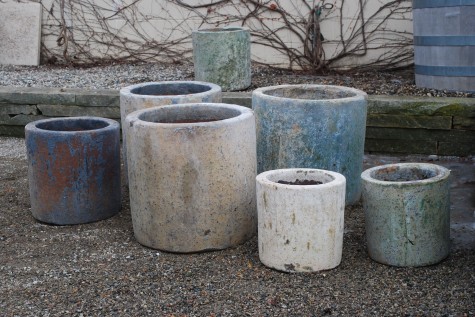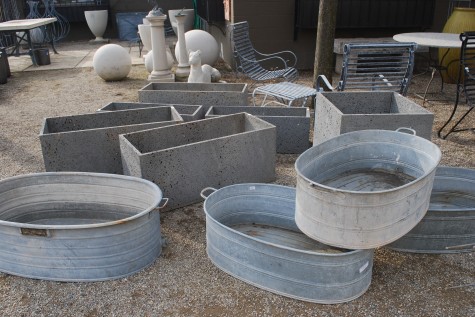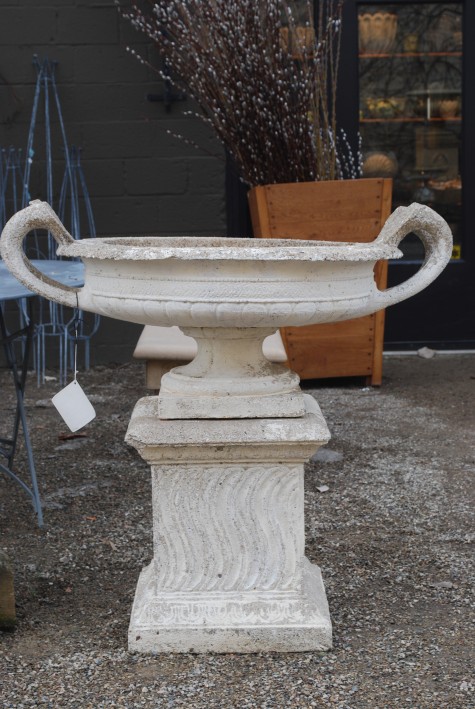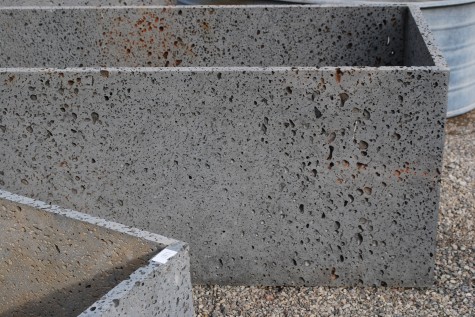Though there is nothing revolutionary or even provocative about the idea, I have been thinking about it. That is, that nothing makes for enthusiasm quite like success. A friend was asking about my very first garden-what exactly was that like? In 1980, armed with 4000.00 in cash from the sale of my first house in Ferndale, and an 8000.00 loan from my grandmother, I was able to buy a house and 5 acres in Orchard Lake for $60,000.00. How so? Though Orchard Lake is a very nice community and five acres is a whomping lot of land, we were in the middle of a recession, and the house in question was a disaster in every way. The furnace had been installed in a dirt hole under the house-a ladder was required to go take a look at it. The first spring I lived there, said hole flooded; I had no heat at all after April 1. Every other part of the house was on a par with this, or worse. The house was so bad, I had to get homeowner’s insurance through a state pool of high risk properties. I was 30 years old-what did I know? All I could see was the property-and the possibilities that property would afford me. My Mom cried when she saw it-I remember being so annoyed with her. I had enthusiasm-what else did I need?
I actually needed plenty, and couldn’t afford one thing, once the mortgage and that insurance was paid every month. We knocked down the garage, whose roof was balanced on unmortared columns of concrete blocks, and disposed of it one truckload at a time. The hand-excavation for the drive-in garage had left the foundation of the house exposed-an excavating guy said he would bring in 300 yards of sandy dirt, and rough grade it all for 2000.00. Nana to the rescue, a second time. I think she had more confidence that I could make this work than my Mom. She decided up front that if I could not make a go of it, she would bail me out. She never said so out loud, but I think from the start she insured me against disaster.
But back to my first garden. I was left with a really roughly graded, unmowably steep slope of a giant size-now what? Most of the gardening I had done to that point was confined to reading and mooning over plant catalogues, and garden books from the library. I had a few beds around the house-a few great plants trying to survive the weedfest. Not having an unlimited budget, I wanted plants that would spread. Ground covers for sun. Many sunny groundcovers came under the heading of rock garden plants-so I decided I would have a rock garden. A sympathetic neighbor with an ancient Ford tractor dragged huge rocks from the property up to the top of the slope, and turned them loose. Gravity made half the placement decisions, the puffy new soil the other half. My rocks sank like the stones they were- at least half way into the ground. My first success-each rock looked like it had been there long enough for the earth to come up around it like an opulent stole.
My second success-what dumb luck that the soil that came to me was very sandy, and well drained, as most of the property was intractably heavy clay. I spent what seemed like a king’s ransom on little spreading plants-but the sheer square footage of the area swallowed them up. Not having one clue about mulch or weed prevention, I weeded-for years and years- before it filled in. Then I moved into crown growing plants, for a little vertical interest. I had myself a rock garden. Dianthus, saponaria, aethionema , thymes, species tulips, iris chrysographes, and forrestii-and my favorite-encrusted saxifrage. I could not get over the fact that the saxifrage leaves were stone-limestone- encrusted. I still can’t. My plants grew, and that success fueled my enthusiasm for more. When I sold the house fifteen years later, it was actually liveable. But what I hated leaving behind the most were my gardens. The rock garden was my first on that property, but not my one and only.
My success had mostly to do with fortuitous accident. I would never have dug out 1000 square feet of sod for a garden all at one time-not then. The sheer size of the area of bare dirt forced me to deal with the space as a whole. I planned little plant villages and neighborhoods. I had an east coast, and a west coast. I saw where the water ran downhill in a fierce rain, and gravelled those gullies. I planted accordingly. I had a country going on, and it was my job to govern the whole thing. The spots I could see coming up the front walk got my favorites. On my own, I would have started small, and added on. What is it about add on’s that they always look added on? The sandy gritty soil-I am sure my excavating person had some he wanted to get rid of, or perhaps it was on special that day. Wherever it came from, my rock plants loved where they lived.
My best friend Margaret gave me Louise Beebe Wilder’s book “Pleasures and Problems of a Rock Garden” written in 1938; she had inherited it from her gardener father. I quote from her chapter “The Steadfast Sedum”: “No stonecrop, we are given to understand, would have the heart to blast our budding enthusiasms by refusing to live; any soil will suit them, any situation, and they increase at a rate unknown to other rock plants. Pin our faith to sedums, and avoid despair.” I took her advice when ever possible. She wrote about rock gardening with such great enthusiasm. Phlox subulata, she writes, has “radiant color, rich fragrance, and almost universal amicability”. Who would not want to grow that? I about wore that book out, as I read for the pleasure of her writing, and I read again for her instruction and encouragement. I loved the sedums sight unseen-they were going to help me have a garden.
Some thirty years later, I am still interested in this idea of success and enthusiasm. No one can be enthused about dead or near dead plants. Or a groundcover bed overrun with quack grass. In some cases, I am unable to intervene; who knows what people do with their plants when I am not looking. But anyone who wishes to grow a garden, or redo a landscape, or plant some pots, has the ability to help themselves. Nurseries put tags in their pots of plants; more than likely someone works there who gardens at home. My very first gardening job was at a place where I bought iris and daylillies by the trunkload. My ideas of a vacation is visiting a nursery. I am possessed and obsessed by gardening. Lacking this, trees come with planting instructions. There are books. There is the encyclopedia interneta. Every gardener knows these things; what can be much tougher is figuring out who you are. That will tell you what kind of gardener you might become, should you hope and plan to. Plan for success, and work hard. You’ll be a better gardener for it.
